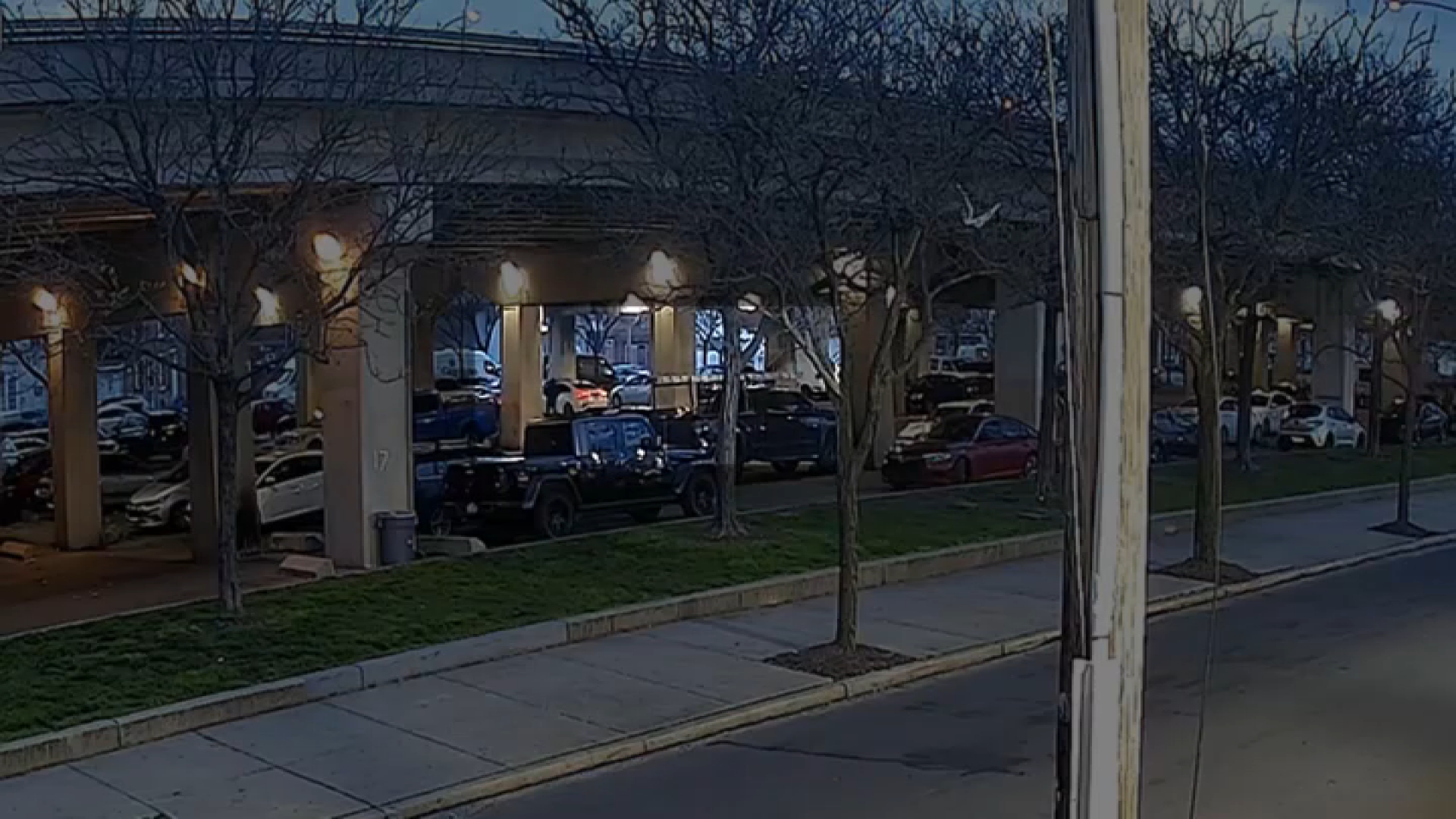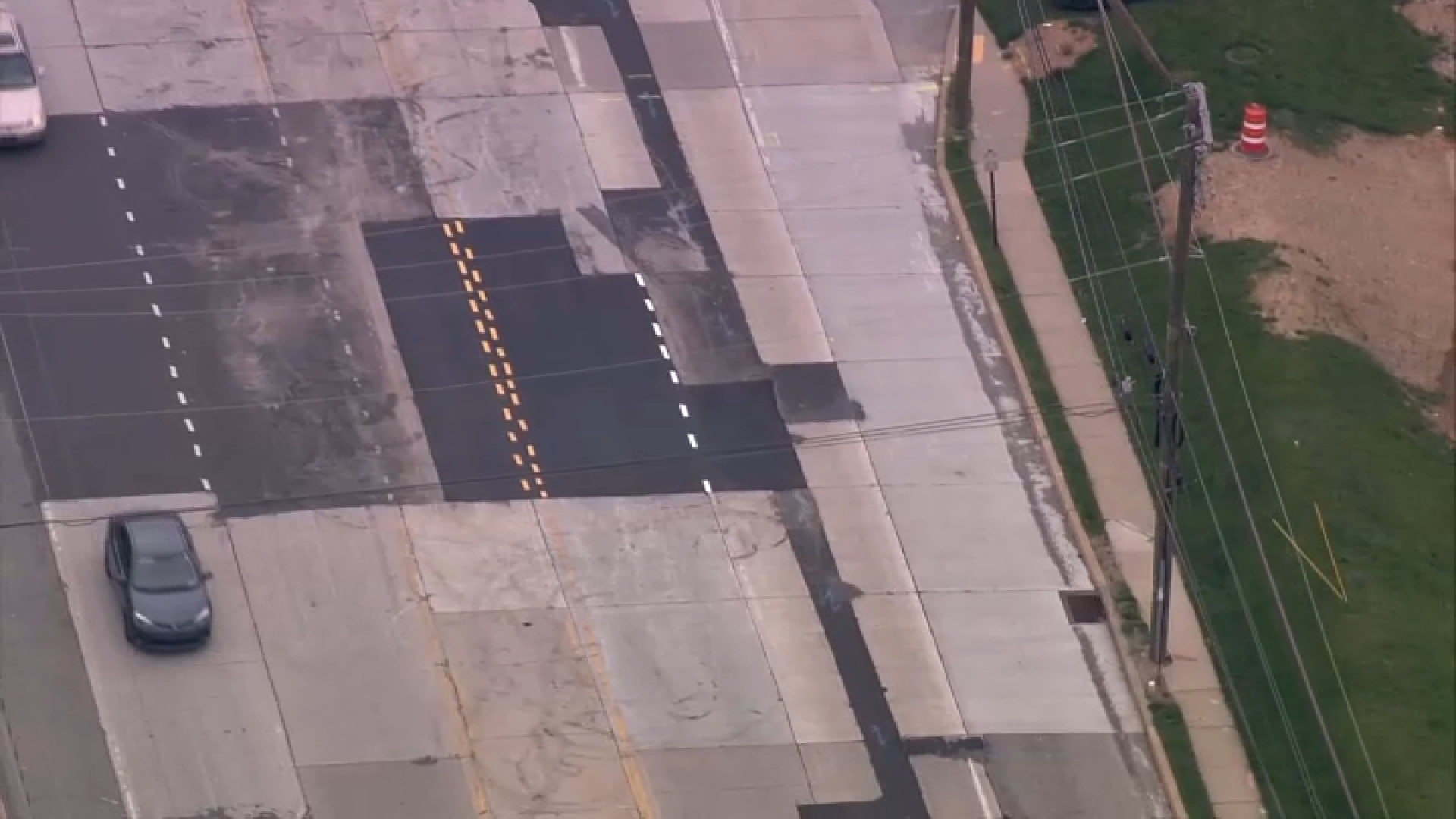It was a mystery over 200 years old. Buried in the depths of the letters and papers of President Thomas Jefferson, a coded messaged sat unsolved – until now.
While it may sound like the plotline of the next National Treasure movie, the coded message was real. The message was sent to President Jefferson by Penn math professor Robert Patterson and then solved two centuries later by a Princeton, New Jersey, man, the Wall Street Journal reported.
Patterson and Jefferson were both officials at American Philosophical Society, and both enthusiasts of ciphers and codes. The two men regularly exchanged different codes, and in December of 1801, Patterson sent Jefferson a cipher (a secret system of writing) that he thought was unbreakable.
Before Patterson presented the cipher in his letter, he laid out four properties to create the perfect code -- it should be adaptable to all languages, it should be simple to learn and memorize, it should be easy to write and to read, and of course, “it should be absolutely inscrutable to all unacquainted with the particular key or secret for deciphering,” according to the Wall Street Journal story.
Patterson said his code could “defy the united ingenuity of the whole human race.”
And it seems that Patterson was right in this thinking. No evidence exists that Jefferson, or anyone else, ever solved the code.
But then 200 years later, a copy of the cipher found its way into the hands of Lawren Smithline. With a Ph.D. in math, Dr. Smithline has a job at the Center for Communications Research, working professionally with cryptology.
Local
Breaking news and the stories that matter to your neighborhood.
It wasn’t his professional career that helped him find the cipher; it was his neighbor. Amy Speckart was writing her dissertation on early American history when she found a collection of ciphers among Jefferson’s personal letters. After one of the letters could not be deciphered, the good doctor jumped at the occasion, according to Dr. Smithline’s article in American Science.
Not wanting to saturate you with mind-numbing math madness, the supposedly unsolvable Patterson code works like this:
He wrote the code vertically, in columns from left to right and used no capital letters or spaces. The writing formed a grid, in this case of about 40 lines of some 60 letters each, according to the Wall Street Journal.
Patterson then separated the grid into sections of up to nine lines, numbering each line in the section from one to nine. Then Patterson broke down each line to form a new grid and scrambled the order of the lines in each section. Every section, however, repeated the same jumbled order of lines.
Patterson explained in his letter that the trick was to know the number of lines in each section, the order in which those lines were transcribed and the number of random letters added to each line.
The key to the break code was of a series of two-digit pairs. The first digit indicated the line number within a section, while the second was the number of letters added to the beginning of that row. For example, if the key was 58, 71, 33, that meant that you moved row five to the first line of a section and added eight random letters; then moved row seven to the second line and added one letter, and then moved row three to the third line and added three random letters. (Check out The Wall Street Journals Web site for a full breakdown)
After some more work, time and a computer, Dr. Smithline finally figured out the key: 13, 34, 57, 65, 22, 78, 49.
And the code? It read: “In Congress, July Fourth, one thousand seven hundred and seventy six. A declaration by the Representatives of the United States of America in Congress assembled. When in the course of human events...”



